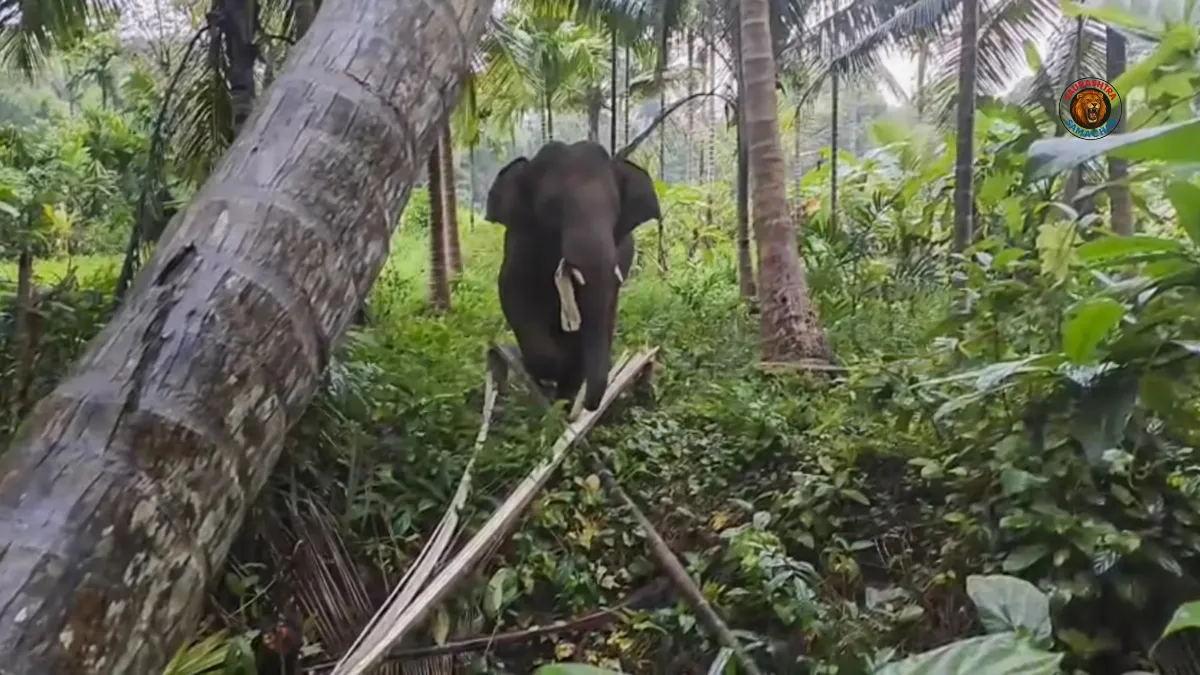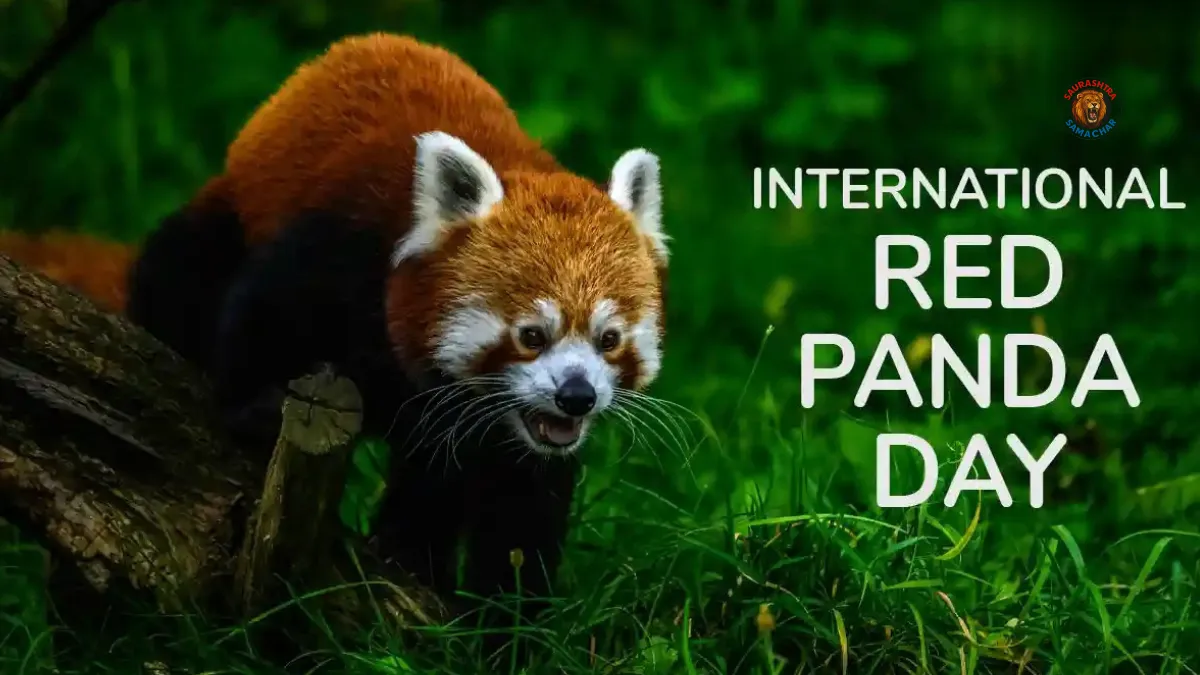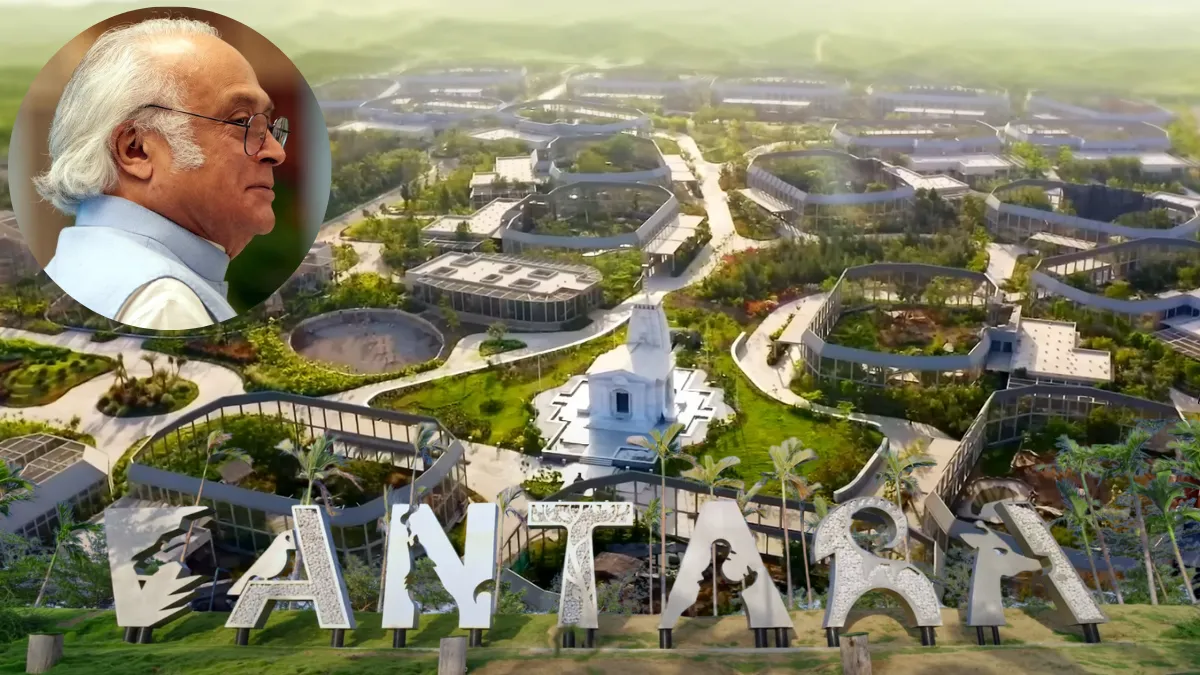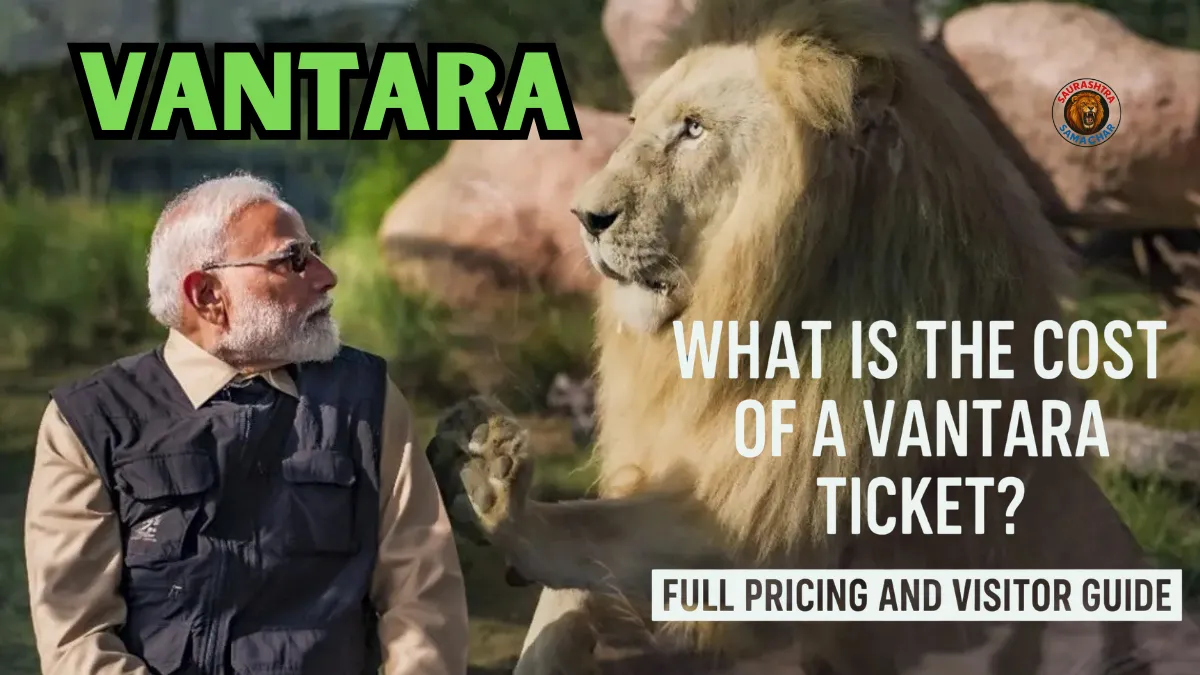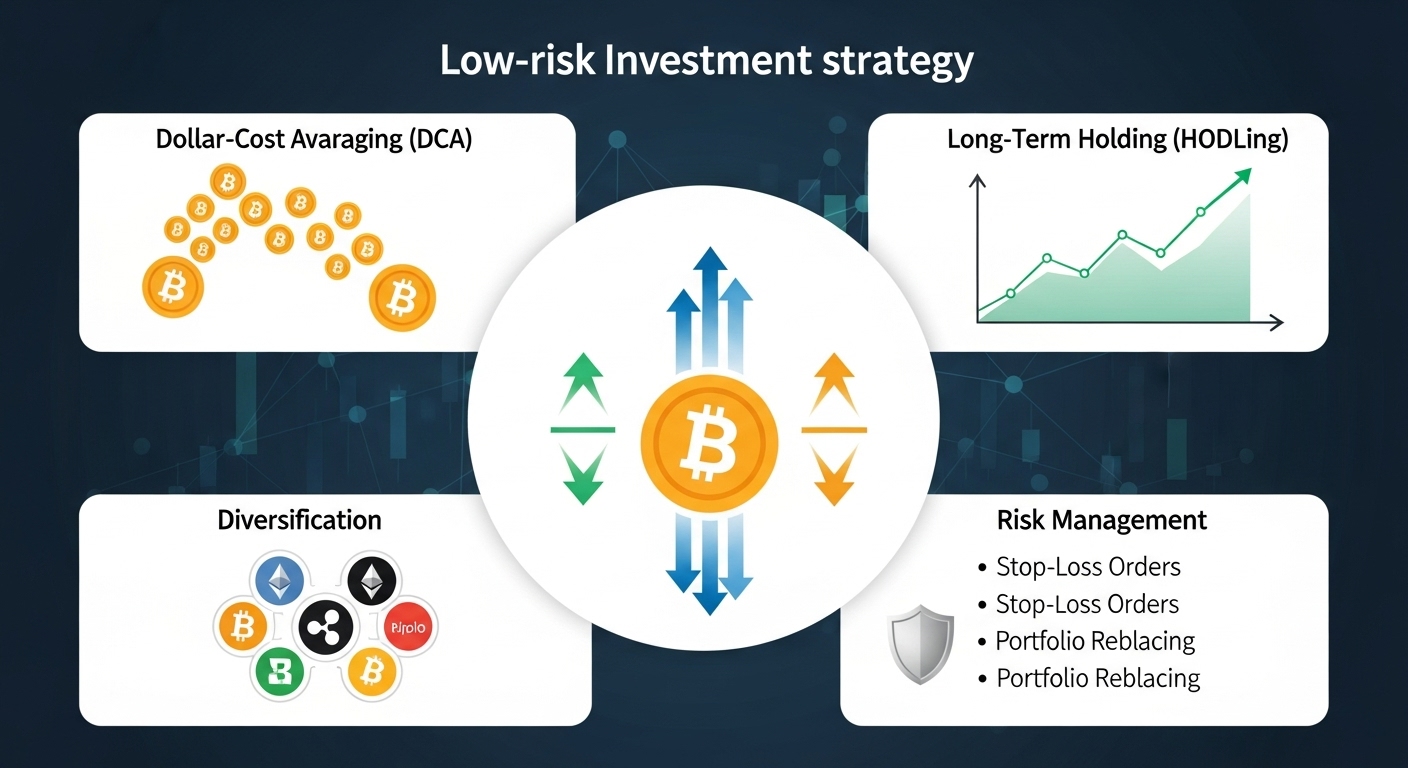Introduction
Vantara, a massive wildlife facility in the heart of Gujarat, India, has recently drawn international attention. Spread over nearly 3,000 acres inside Reliance’s Jamnagar oil refinery complex, this project is owned and operated by Anant Ambani, the youngest son of billionaire Mukesh Ambani. At first glance, Vantara presents itself as a safe haven for rescued and endangered animals. Its glossy image is that of a sanctuary—where conservation, rehabilitation, and care for wildlife stand at the forefront.
But behind the public image, a far more complicated and controversial story unfolds. Investigations and reports suggest that Vantara is not just about animal welfare. Instead, critics claim it is quietly amassing thousands of wild animals from across the globe, many from highly questionable sources.
This article takes a comprehensive look into Vantara—its origins, acquisitions, controversies, and the larger global wildlife trade that makes such projects possible.
The Birth of Vantara: A Conservation Dream or Private Collection?
Vantara was officially introduced to the world as Greens Zoological Rescue and Rehabilitation Centre (GZRRC). The stated mission was noble—rescue distressed animals, rehabilitate them, and provide them with long-term care.
Between 2019 and 2023, however, the facility reportedly acquired over 3,819 animals, including some of the world’s most endangered species. A large number came from South Africa, a country infamous for its commercial big cat breeding industry.
This leads to the central question: Is Vantara a true sanctuary, or is it a privately owned zoological empire building the world’s largest exotic animal collection?
The South African Connection – Tigers, Lions, and a Silent Trade
One of the most alarming aspects of Vantara’s acquisitions is its reliance on South Africa’s wildlife trade.
According to official documents, Vantara attempted to import 531 wild animals from Akwaaba Lodge and Predator Park—a facility known for breeding lions and big cats, often linked with the notorious “canned hunting” industry.
The shipment list included:
- 50 hybrid lions
- 40 hybrid tigers
- 40 cheetahs
- 10 servals
- 20 giraffes
Yet, export records confirmed only 40 tigers and one ocelot. This discrepancy raises serious questions: Where did the rest of the animals go? Were they transported under different records? And most importantly, under what conditions did they travel to India?
A Table of Key Acquisitions Linked to Vantara
| Year (2019–2023) | Species Acquired | Source Country | Notable Concerns |
|---|---|---|---|
| 2019–2020 | Lions, Tigers, Giraffes | South Africa | Links to canned hunting & hybrid breeding |
| 2021 | Exotic Birds & Reptiles | Various (Africa & SE Asia) | Lack of transparency in trade permits |
| 2022 | 56 Cheetahs | South Africa | Imported under Project Cheetah, survival doubts |
| 2023 | Rare Hybrids (Lions/Tigers) | South Africa | Export records mismatch reported |
The Unregulated Tiger Trade
Globally, South Africa has long been known as a hub for lion breeding for hunting. But recent evidence suggests that tigers, a species not even native to Africa, are being bred there for commercial export.
- South Africa has no officially registered tiger breeding facilities, yet it is the world’s largest exporter of live tigers and their body parts.
- These animals often end up in trophy hunting, illegal bone trade, or as exotic pets.
- At the 78th CITES Standing Committee meeting in Geneva (2025), global conservationists expressed alarm at South Africa’s failure to regulate its tiger industry.
Vantara has reportedly received at least 60 tigers from this unregulated system, putting its conservation claims under intense scrutiny.
Project Cheetah and Vantara’s Role – A Conservation Gamble
India made global headlines with Project Cheetah, an ambitious plan to bring back cheetahs after they went extinct in the country over 70 years ago.
In 2023, the first 12 cheetahs arrived from South Africa. Within a month, one died, and attempts to release others into the wild largely failed. By 2025, most cheetahs remain confined to enclosures.
Despite these failures, Vantara imported 56 more cheetahs. Conservationists now ask:
- Are these cheetahs really part of a conservation program?
- Or is India, through Vantara, slowly building a captive cheetah industry similar to South Africa’s?
The CITES “Z-Code” Loophole – How Vantara Operates Legally
CITES (Convention on International Trade in Endangered Species) regulates the global movement of wildlife. Normally, Appendix I species (like tigers and cheetahs) cannot be traded commercially.
But there’s a loophole.
If the animals are declared as being moved for “zoological purposes,” classified under Purpose Code ‘Z’, they can legally bypass trade restrictions.
This loophole enables:
- Private zoos to mask commercial imports as conservation.
- Breeding facilities to keep supplying animals without scrutiny.
- Institutions like Vantara to legally amass endangered animals under the “rescue and rehab” label.
Environmental Concerns – Animals Living in an Oil Refinery Complex
Beyond animal sourcing, Vantara faces another major criticism: its location inside one of the world’s largest oil refineries.
Critics argue that:
- Air and water pollution from petrochemical operations could threaten animal health.
- Noise, vibrations, and industrial hazards are far from ideal for “rehabilitated wildlife.”
- A true sanctuary should be located in a natural habitat, not in the shadow of smokestacks.
Calls for Transparency and Global Action
The Wildlife Animal Protection Forum of South Africa (WAPFSA) has raised strong concerns, demanding:
- An independent audit of Vantara’s operations.
- Stricter regulation of South Africa’s big cat breeding and exports.
- A review of CITES loopholes that enable mass movement of endangered species.
Without such accountability, many fear Vantara could become a private zoo empire, hiding under the banner of conservation.
What True Conservation Should Look Like
If Vantara genuinely wishes to be a world leader in conservation, experts suggest it must:
- Focus on protecting wild habitats instead of importing animals.
- Support anti-poaching efforts in Africa and India.
- Work with independent conservationists for transparency.
- Prioritize reintroduction of animals into the wild over captive breeding.
Also read: Centre Declines to Reveal Animal Count at Vantara Facility in Gujarat
Conclusion – The Future of Vantara and Global Wildlife
Vantara markets itself as a sanctuary of hope. But unless it opens up its operations to independent scrutiny, doubts will persist.
Conservation is not about building private collections. It is about securing the survival of species in the wild, where they belong.
As the debate around Vantara continues, one thing remains clear: Wildlife is not a commodity. The world must demand accountability to ensure that the future of lions, tigers, cheetahs, and giraffes is written in forests and grasslands—not in cages.



